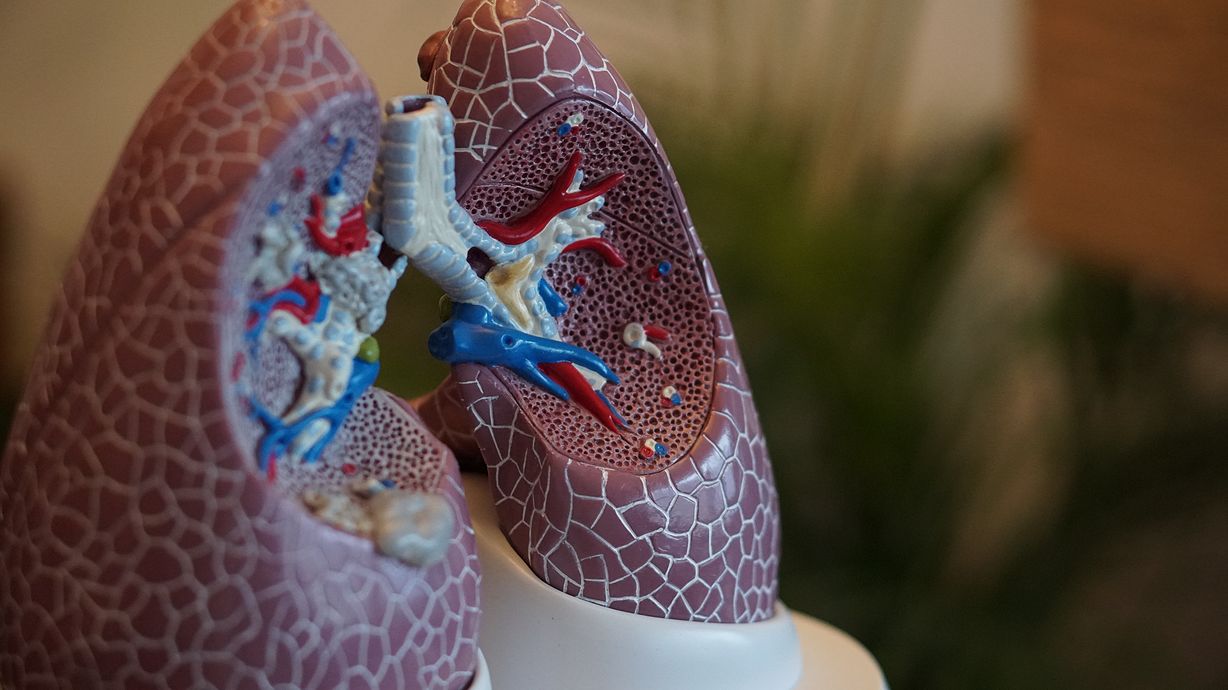Lung cancer screening using low-dose CT scans is recommended for identifying early-stage cancer. American College of Radiology (ACR) guidelines specify that the CTDIvol for lung cancer screening in average-sized patients (170 cm, 70 kg, BMI of 24.1 kg/m2) should be ≤3 mGy, while National Comprehensive Cancer Care Network (NCCN) guidelines suggest an effective dose of ≤3 mSv for patients with BMI ≤30 kg/m2 and ≤5 mSv for patients with BMI >30 kg/m2. Even when following these guidelines, the cumulative effects of repeated radiation exposure may cause irreversible damage, especially for high-risk patients. Studies have found that patient size and orientation, CT scan protocols, and image reconstruction parameters can all affect patient dose exposure. While Iterative Reconstruction (IR) is commonly used to assist in lowering dose, high strength -application of IR does introduce image characteristics which compromise quality. New AI-powered image processing tools such as PixelShine® can consistently provide good quality CT scans.This can be achieved without sacrificing diagnostic image quality – creating a breakthrough for lung screening programs.
Low Dose Lung Screening – Are You Truly Operating As Low As Reasonably Attainable (ALARA)?
Aug 10, 2021 3:30:00 PM / by Dean Kaufman posted in CT Image Quality, Low Dose, Lung Screening, Noise Reduction
.png?width=1000&height=200&name=AlgoMedica-Logo@2x%20(3).png)

